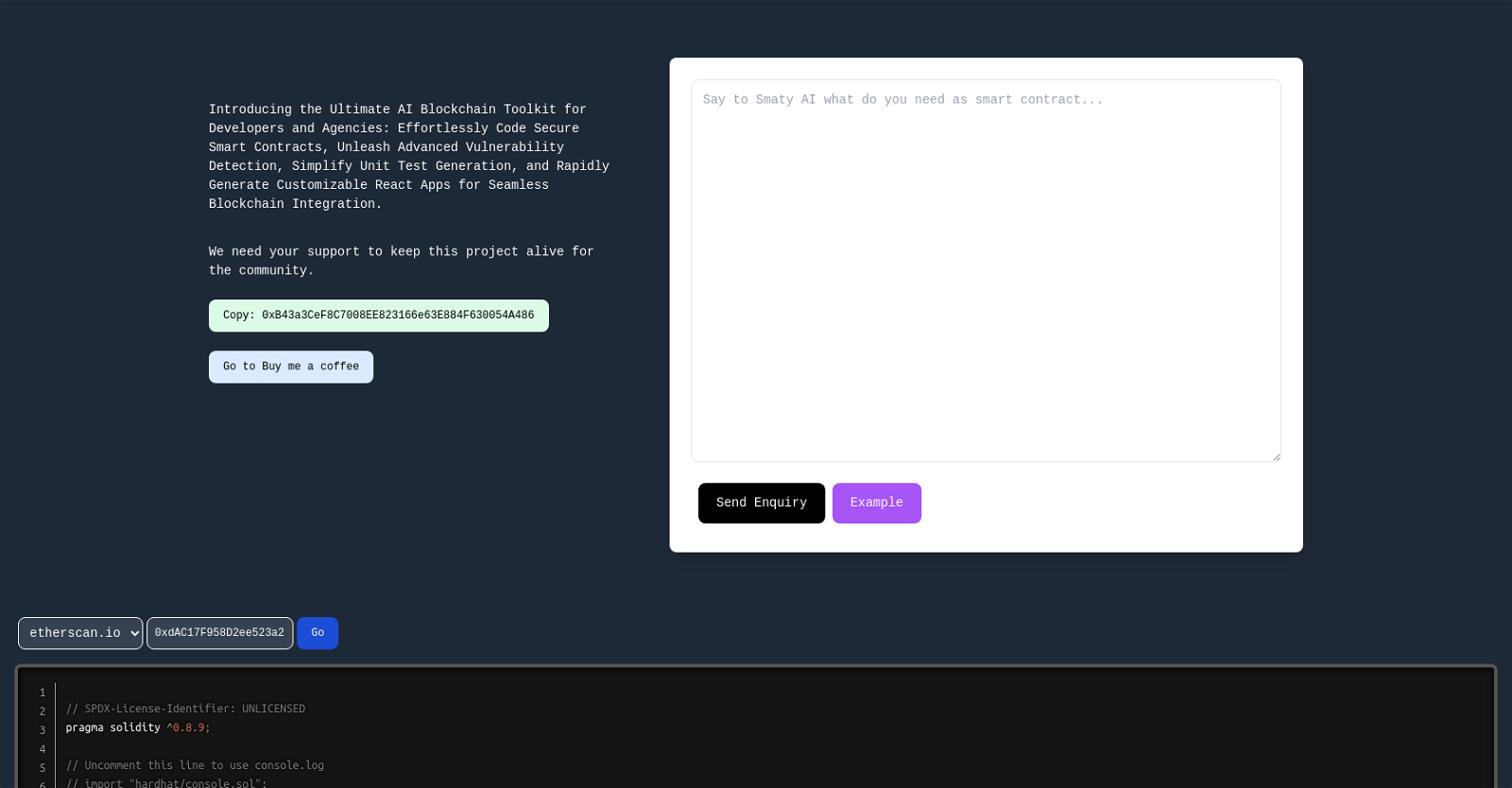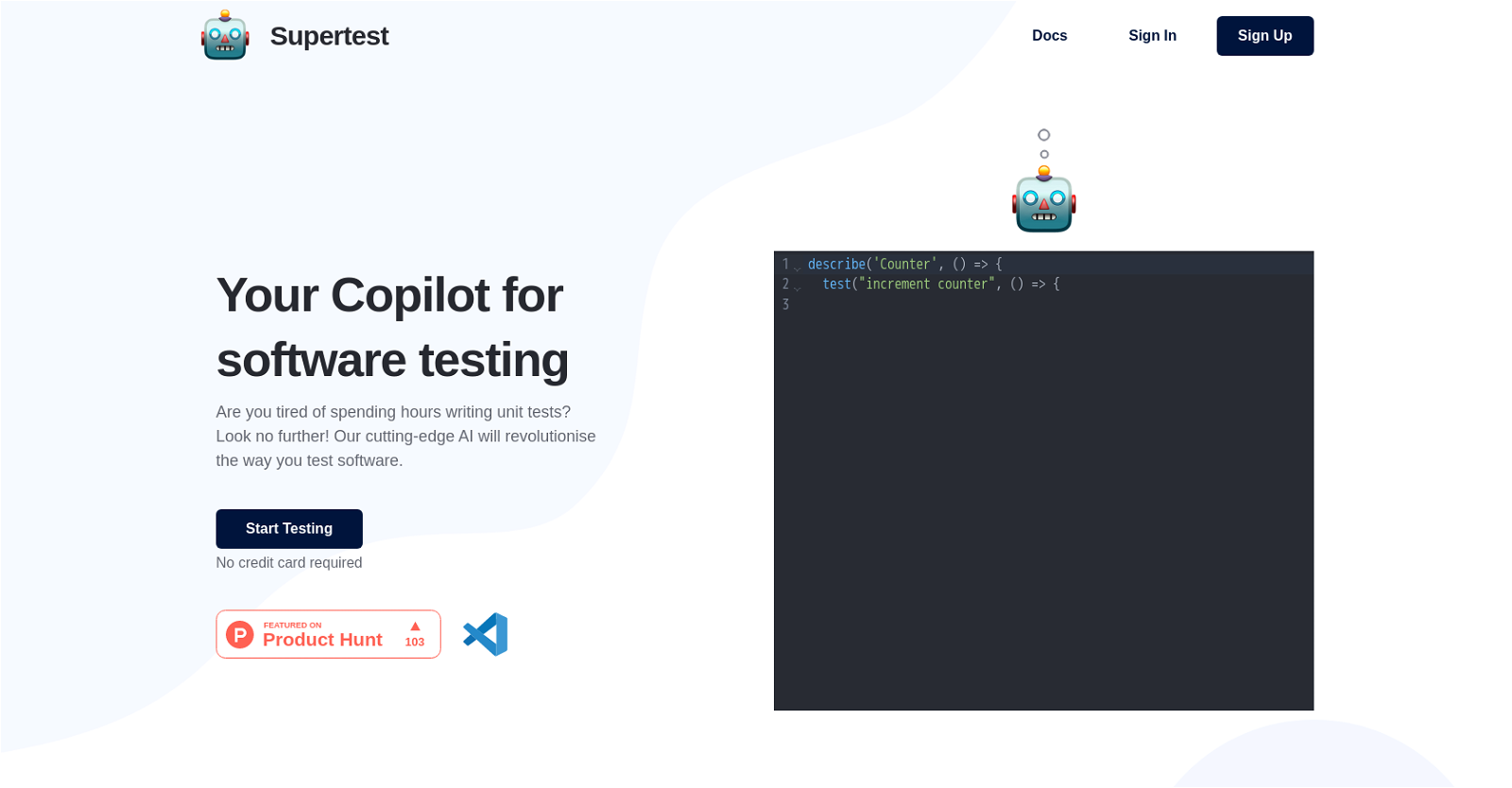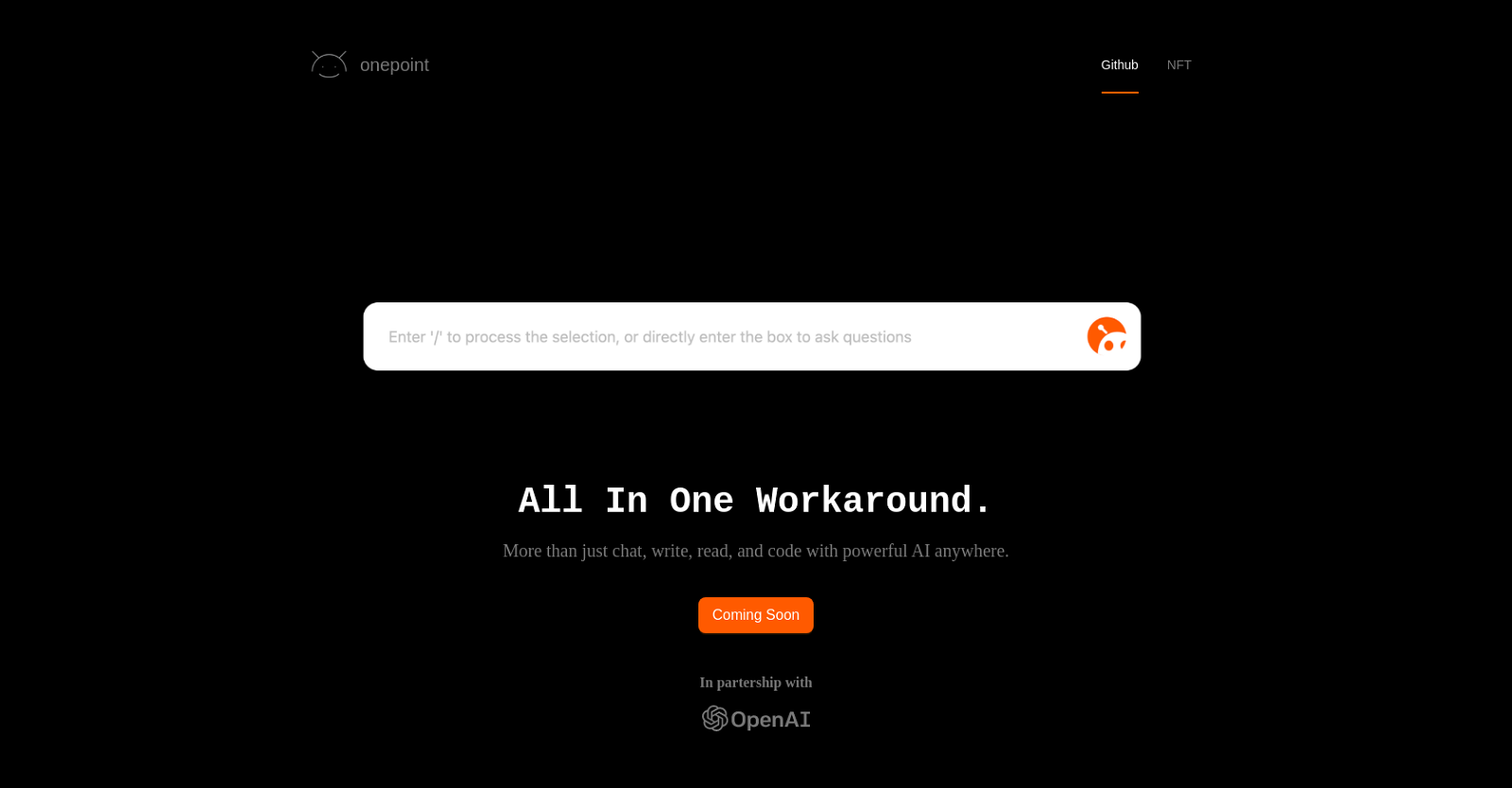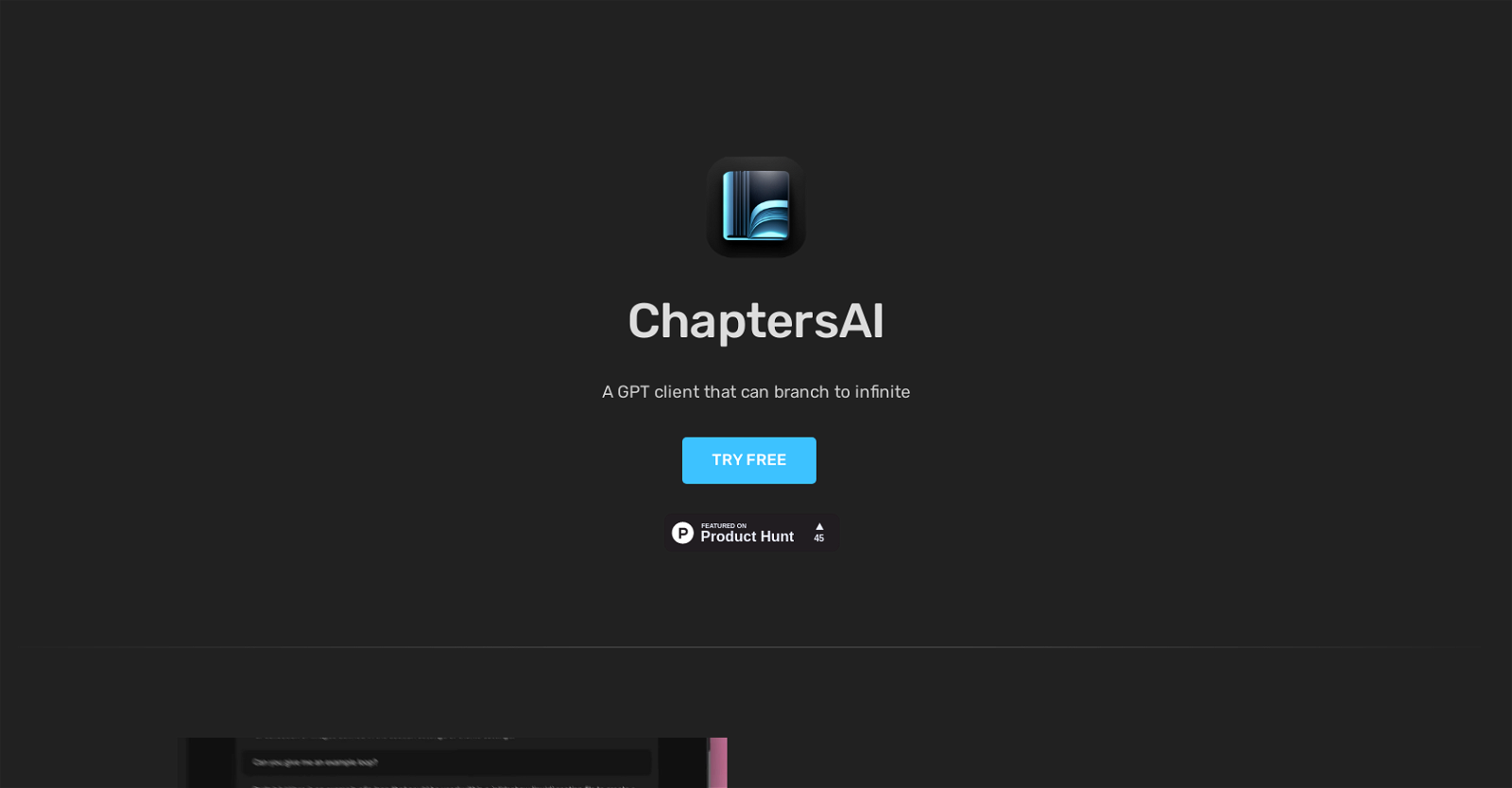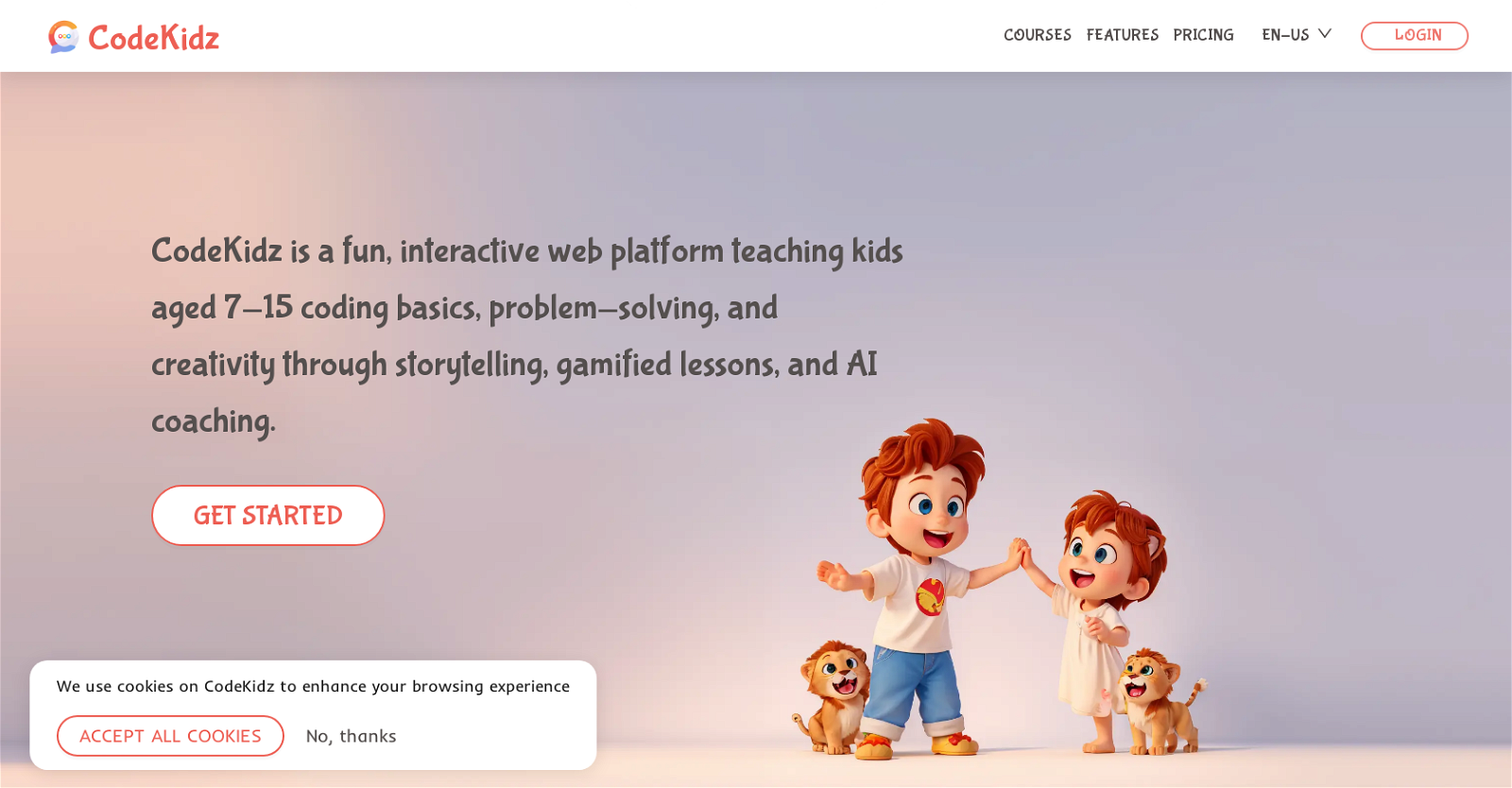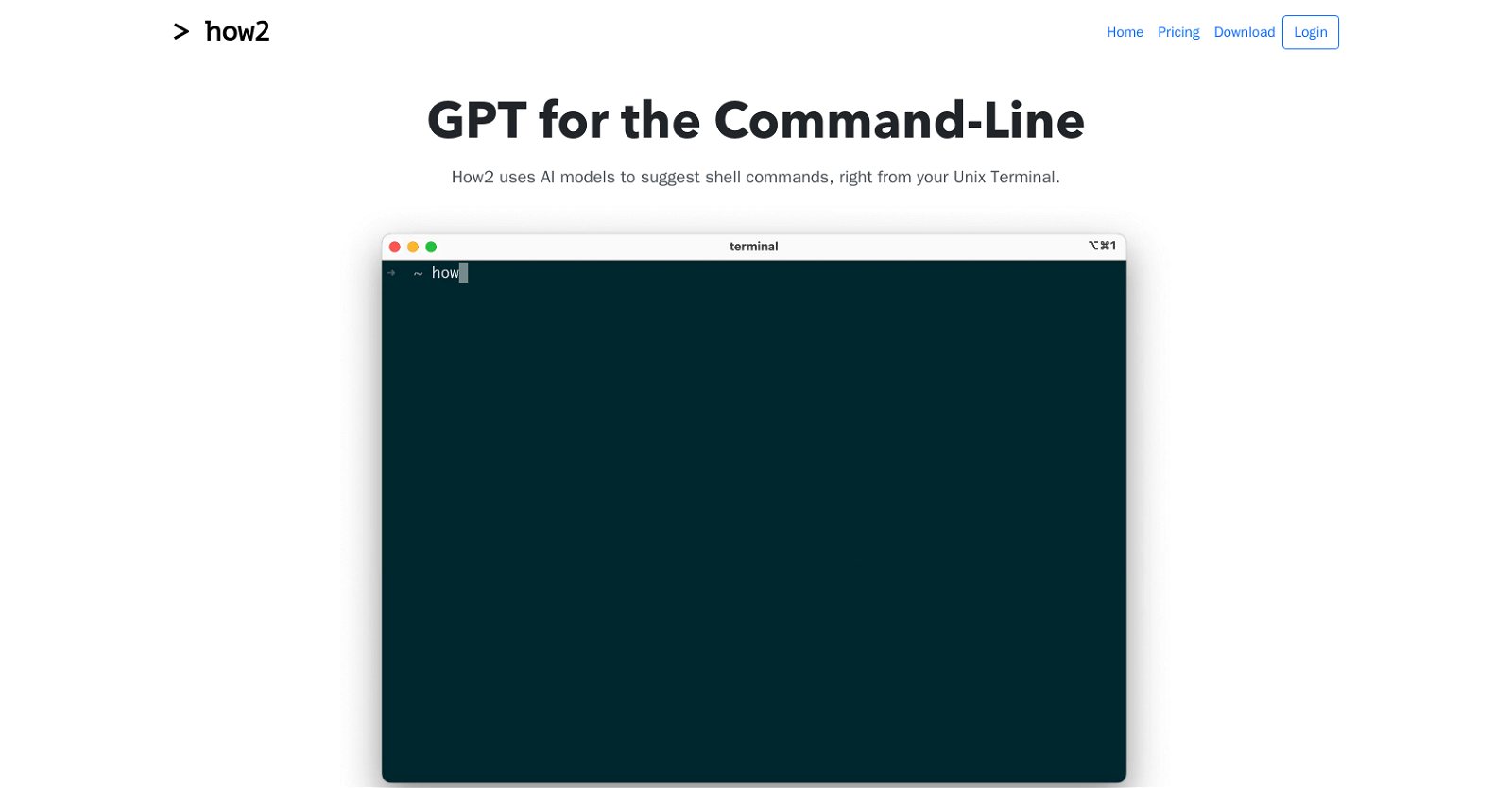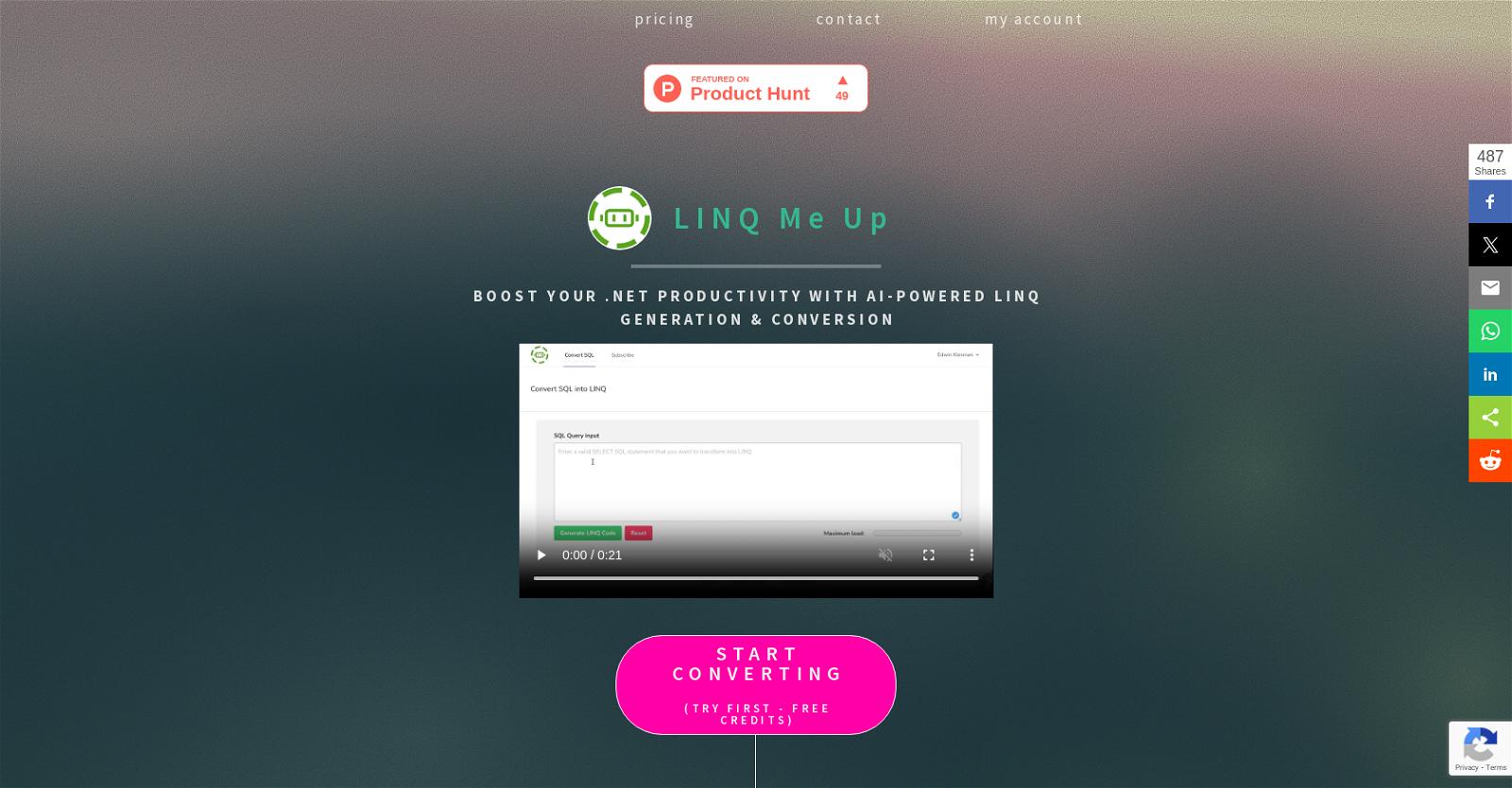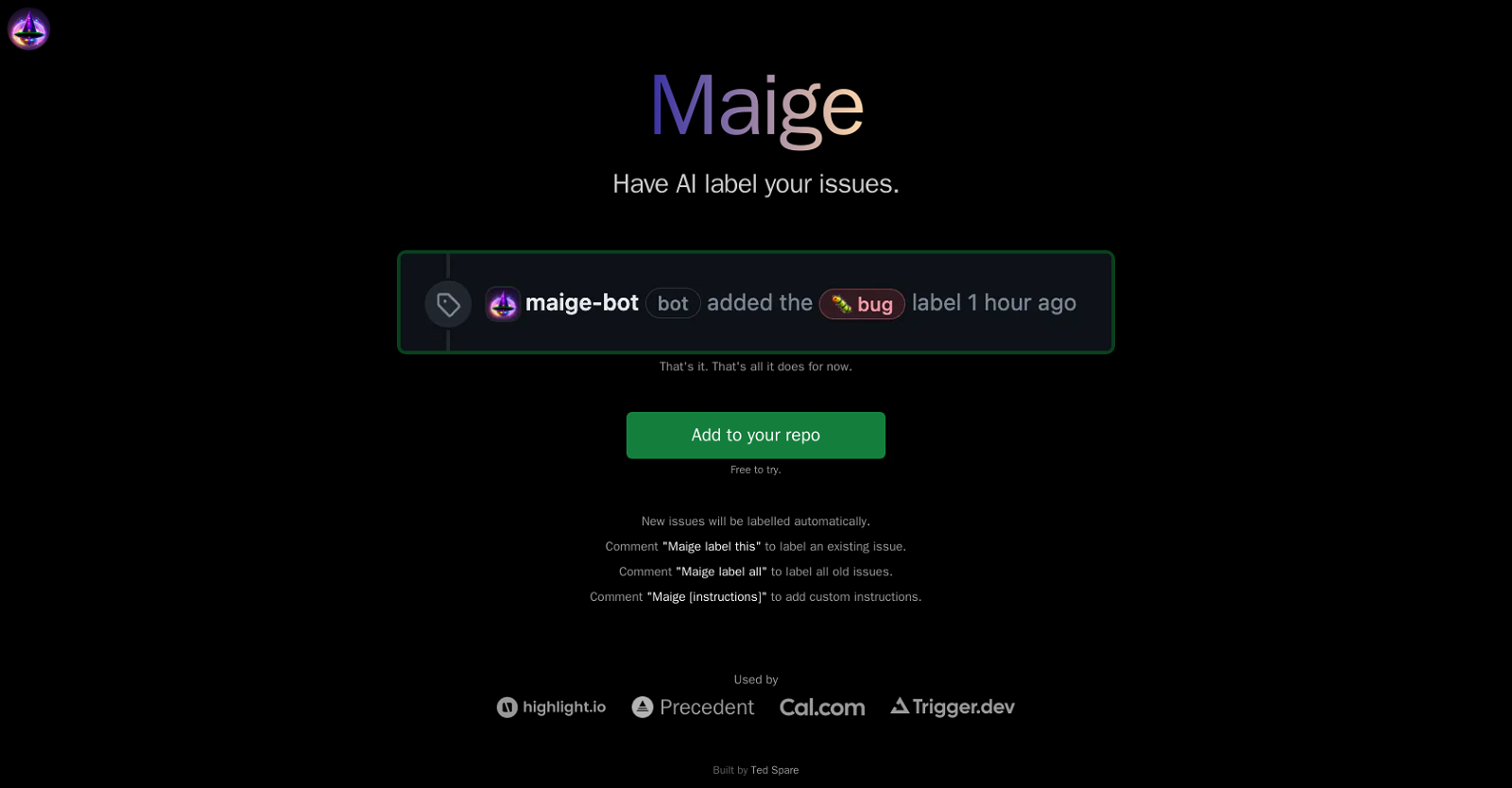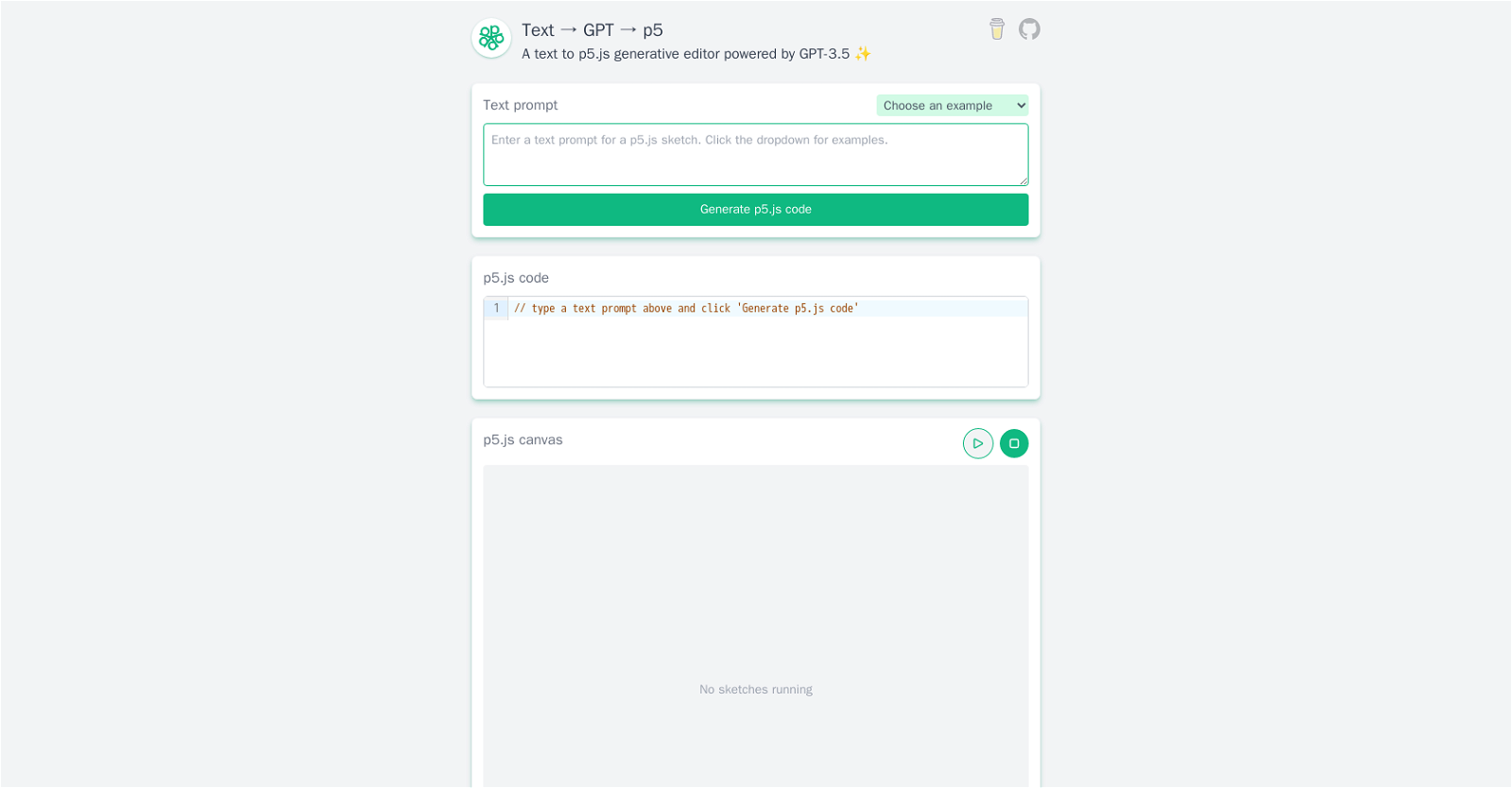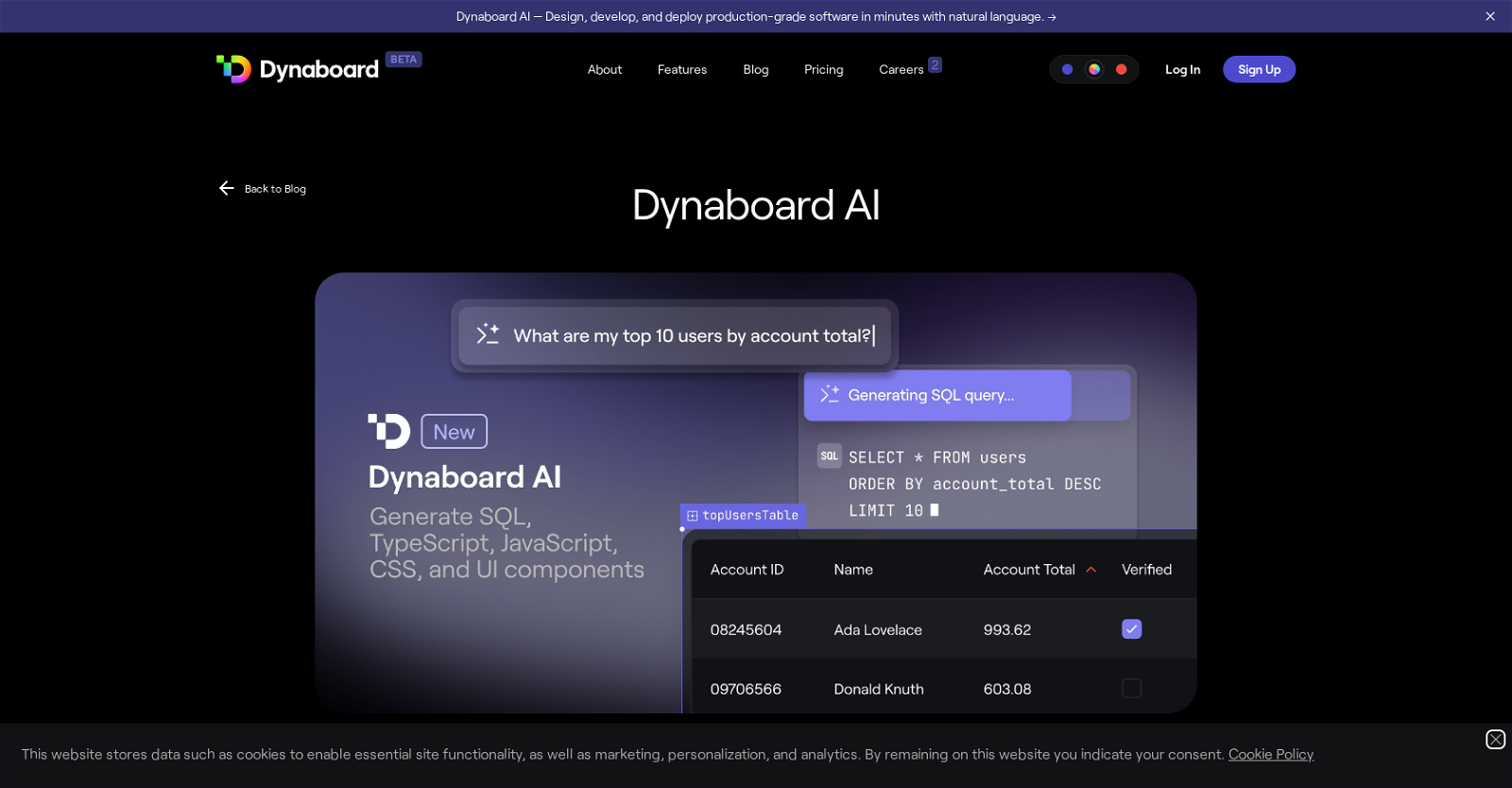Smaty
The React App is a tool that enables developers and agencies to rapidly generate customizable React-based applications for seamless integration with blockchain technology. It is part of an AI blockchain toolkit that also includes advanced vulnerability detection and unit test generation for secure smart contract coding.
The React App is designed to simplify the integration process, making it easier for developers to create user-friendly applications that leverage the power of blockchain technology. While no specific information is given about the React App’s features, it is clear that it is part of a suite of tools that prioritizes security and prevention.
The code snippet provides an example of a smart contract for locking funds until a certain date and includes code for withdrawing funds once that time has passed. The code includes a comment regarding using console.log for debugging purposes, emphasizing the importance of comprehensive testing and debugging.
The React App is presented as a community-driven project that requires support to remain active. Overall, the tool appears to be a useful resource for those looking to integrate React-based front-end applications with blockchain technology, particularly for those developers who value security and vulnerability detection.

